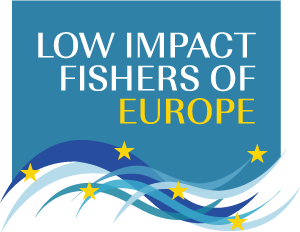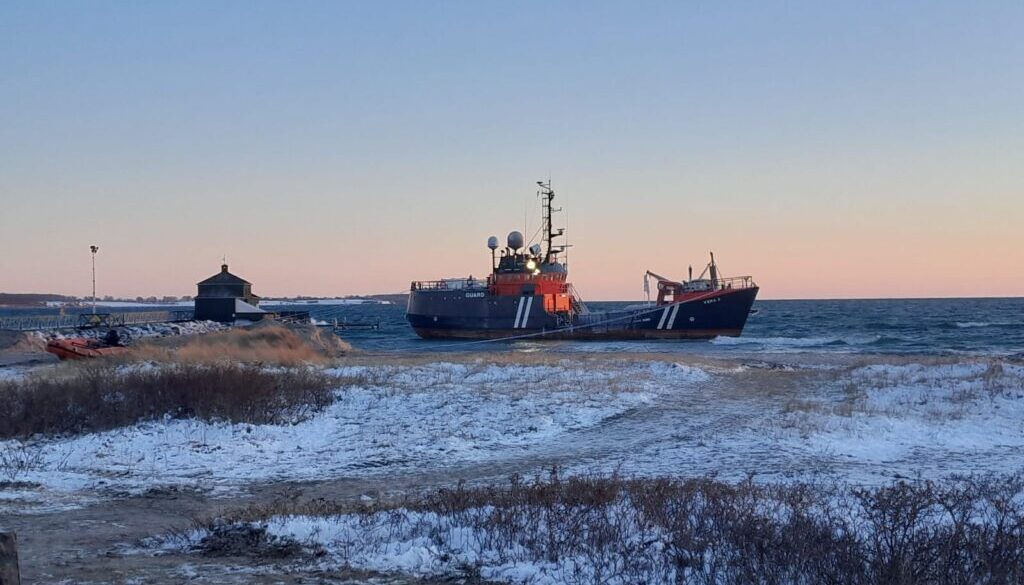Razdoblje za povratne informacije otvoreno je između prosinca i siječnja 2024. kako bi se dali komentari na prijedlog Europske komisije o izmjeni višegodišnjeg plana za Baltik. LIFE je zajedno s mnogim drugim organizacijama dao komentare i podijelio svoje mišljenje o prijedlogu koji je iznijela Komisija. Dokument i svi odgovori, uglavnom u neslaganju s prijedlogom Komisije, mogu se pronaći ovdje.
U svom prijedlogu Komisija objašnjava da članak 4.6. višegodišnjeg plana za Baltik može dovesti do situacija u kojima je nedosljedan zbog drugih pravila višegodišnjeg plana koji reguliraju određivanje ribolovnih mogućnosti i potencijalno ima ozbiljne socioekonomske implikacije. S jedne strane, pravilo 5% može značiti da se ribolovne mogućnosti ne mogu odrediti i da se ciljani ribolov mora obustaviti. S druge strane, zaštitne odredbe u višegodišnjem planu zahtijevaju donošenje korektivnih mjera kako bi se stok doveo iznad B.okidač, na temelju procjene prikladnosti odabira takve mjere za svaki pojedinačni slučaj, u skladu s kriterijima utvrđenim u višegodišnjim planovima (MAP). Štoviše, višegodišnji planovi odnose se na mogućnost, a ne na obvezu, obustave ciljanog ribolova. Stoga Komisija predlaže da izbrisati članak 4.6 MAP-a (Ribolovne mogućnosti u svakom slučaju moraju se utvrditi na način koji osigurava da je vjerojatnost da biomasa mrijestilišta padne ispod Blim manja od 5 %.). Prijedlog Komisije također navodi da će Komisija 2023. raspravljao pravilo 5% sa zainteresiranim stranama, posebno Savjetodavnim vijećem Baltičkog mora i BALTFISH-om: “Većina dionika izrazila je duboku zabrinutost zbog dosljednosti pravila 5% s drugim pravilima višegodišnjih planova kojima se uređuje određivanje ribolovnih mogućnosti i njegovim potencijalno ozbiljnim socioekonomskim implikacijama.".
Odgovor LIFE-a možete pronaći u nastavku:
“Prijedlog Komisije je razočaravajući. Pitanje što učiniti kada se zalihe nađu ispod MSY Btrigger i Blim nije riješeno, a predloženi amandman nas ostavlja u gorem položaju nego prije. Prijedlog potkopava socioekonomsku održivost ribarske industrije, posebno segmenta male flote, uklanjanjem ključnog mehanizma za oporavak ribljih zaliha. Jasno je da postoje problemi s pravilom 95%, koji su istaknuti u neselektivnom miješanom ribolovu. Ako je ribolov selektivan i ne zahtijeva kvote za prilov, onda je to manji problem. Osiguravanje da su riblji zalihe iznad Blim ključno je za održivost ribarskih tvrtki, a članak 4.6 stoga ima pozitivne koristi. Ključno pitanje su znanstveni izračuni na kojima se temelje Blim, Fmsy i povezane referentne točke. Sa zabrinutošću i razočaranjem primjećujemo da ICES ne koristi BMSY kao osnovu za procjenu koja razina ribolovne smrtnosti odgovara MSY-u. To je ključni problem i jedan od razloga zašto je toliko zaliha u Baltiku palo ispod referentnih razina. Ključno je osigurati da je biomasa zaliha na zdravim razinama (iznad BMSY).” MAP to nije uspio postići, ali amandman će vjerojatno pogoršati situaciju. Svakako ne osigurava poboljšanje socioekonomskih mogućnosti za ribarstvo. Stoga bi članak 4.6, MAP za Baltik i drugi planovi upravljanja trebali biti izmijenjeni kako bi se odredilo da je BMSY ciljna referentna točka, a naknadne referentne točke smrtnosti ribolova izvedene su iz toga.”




